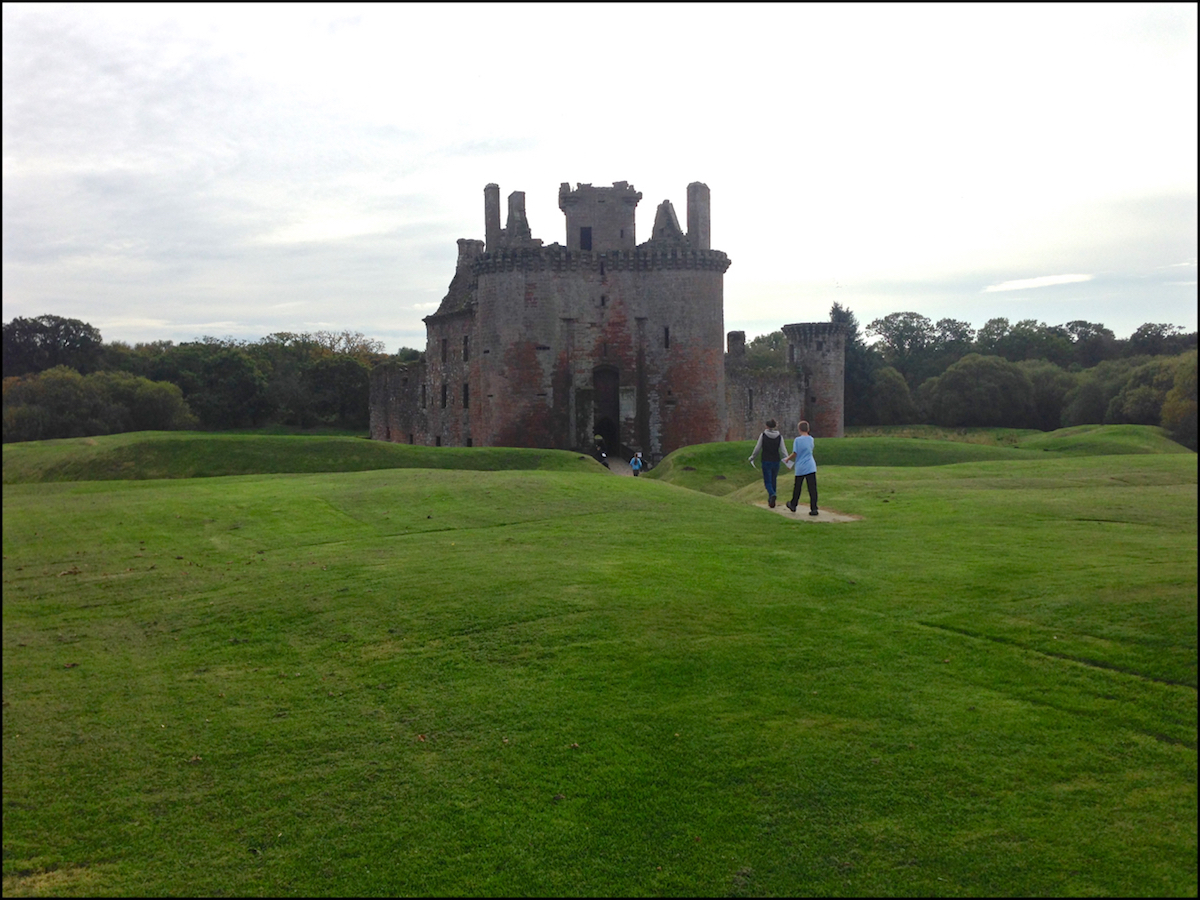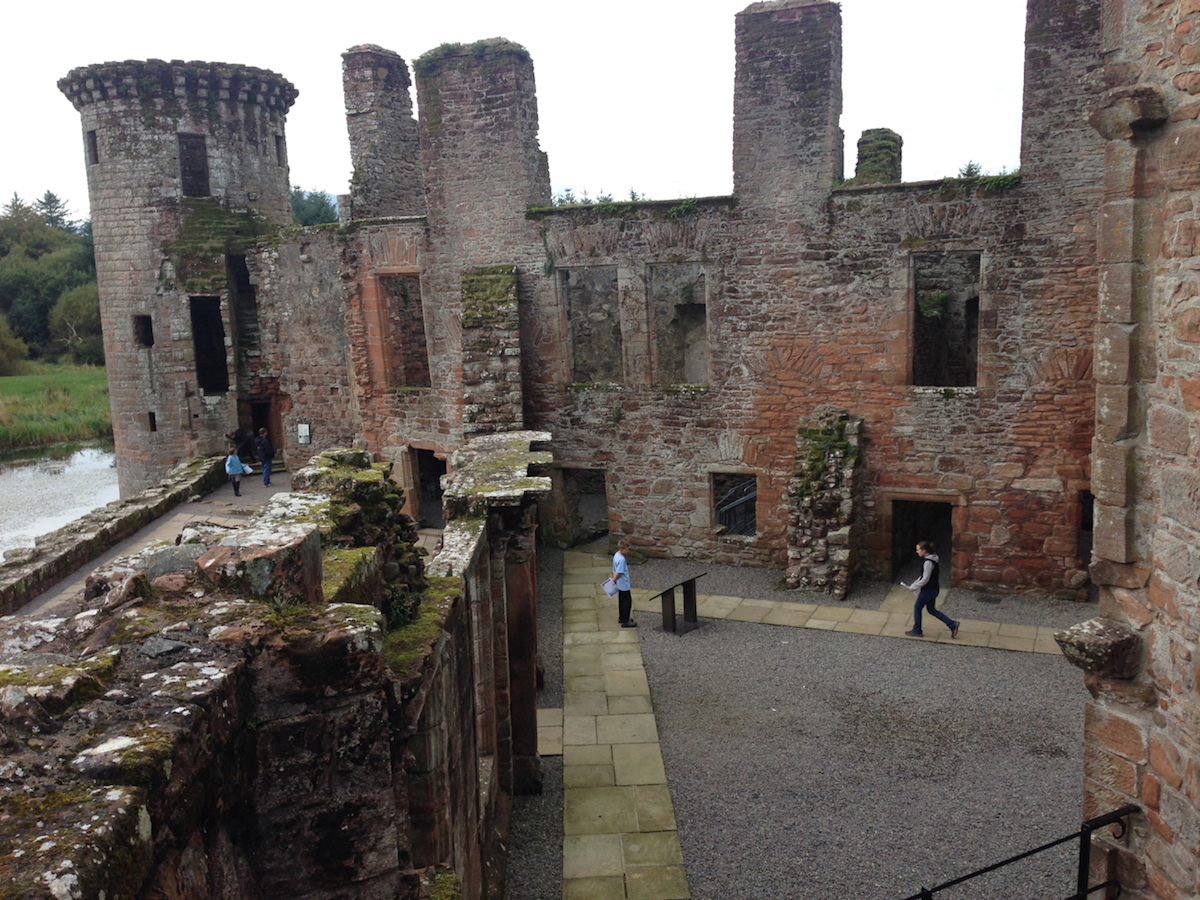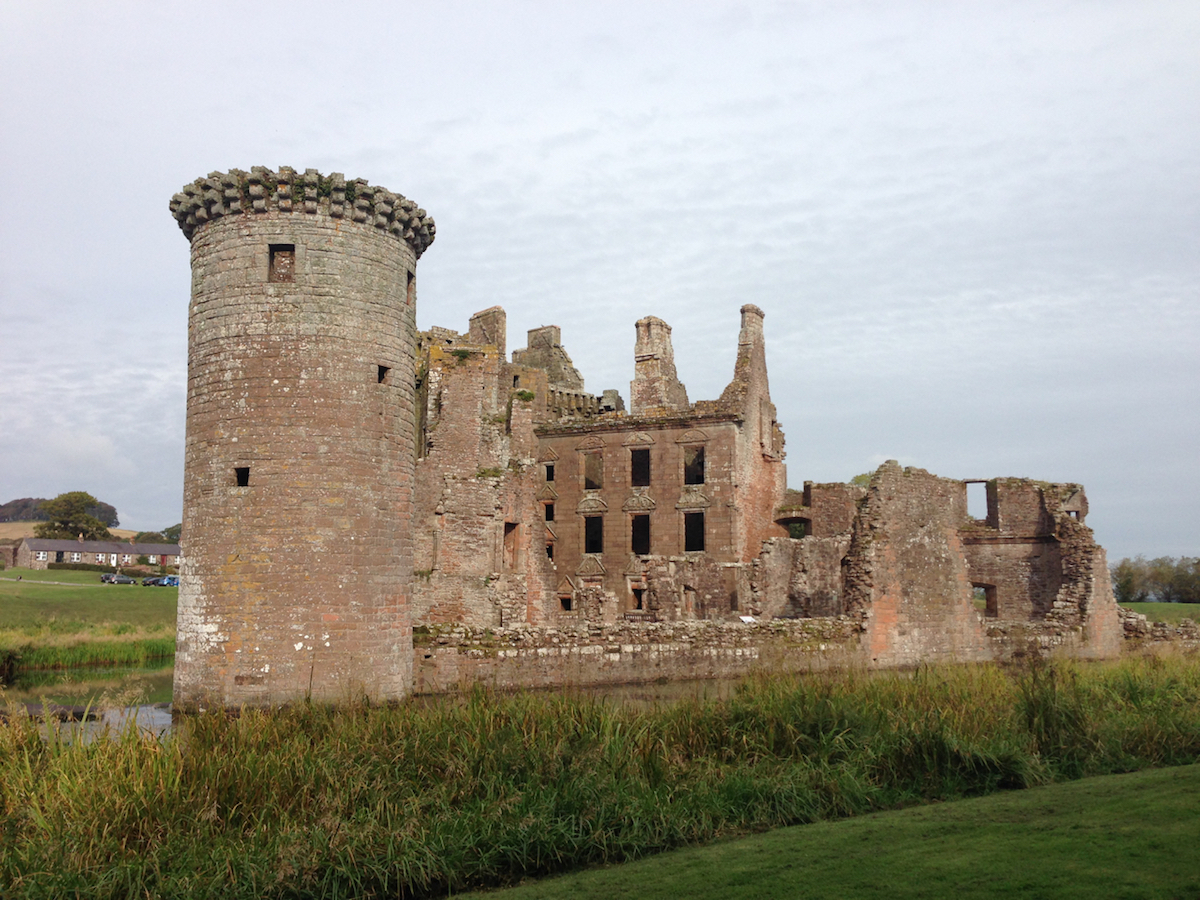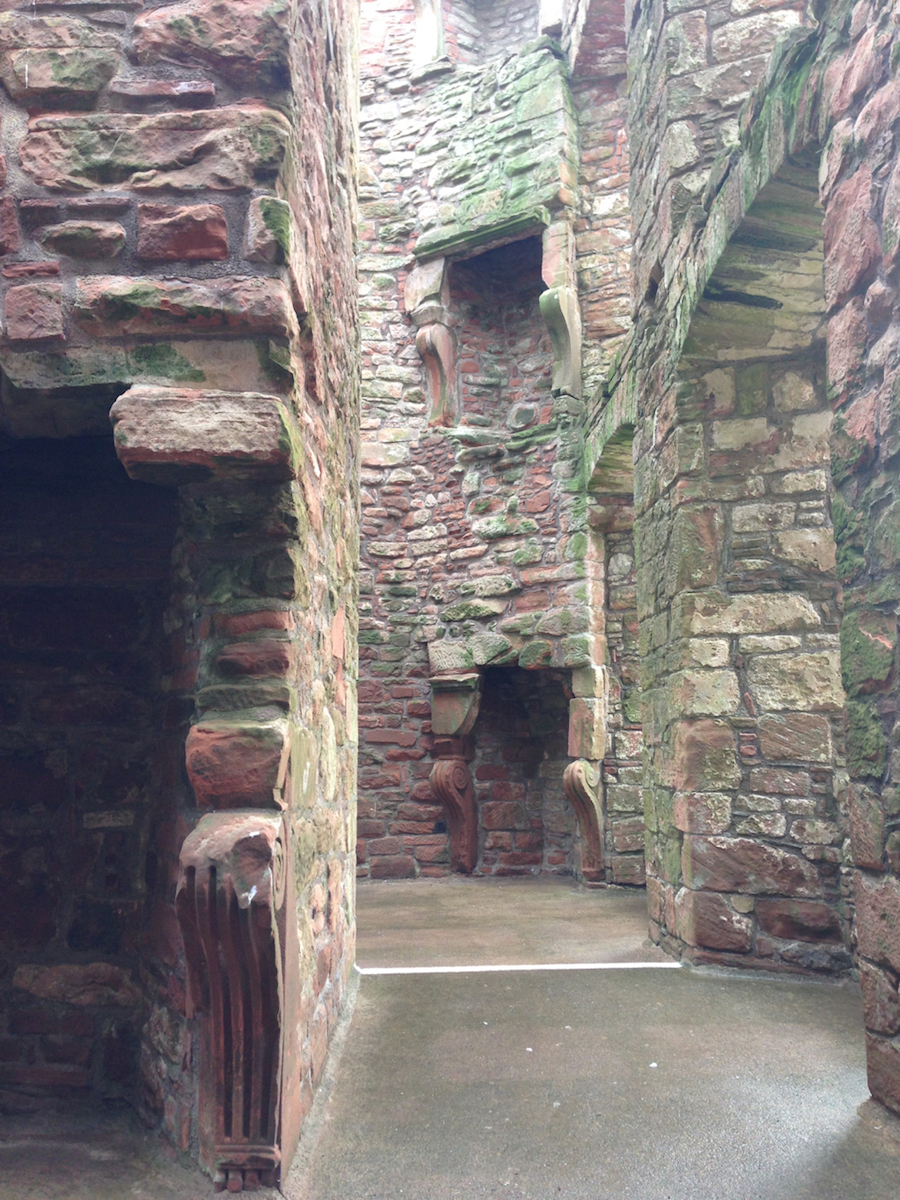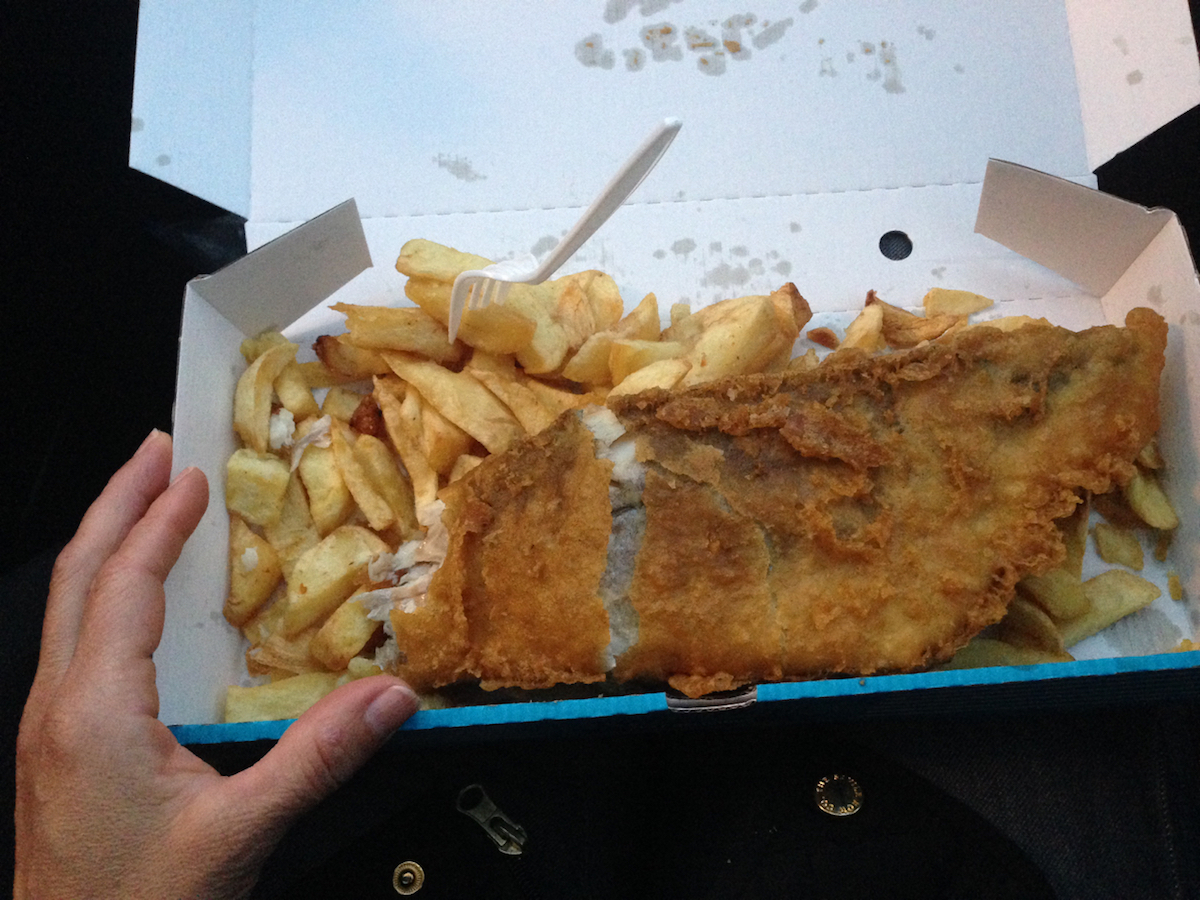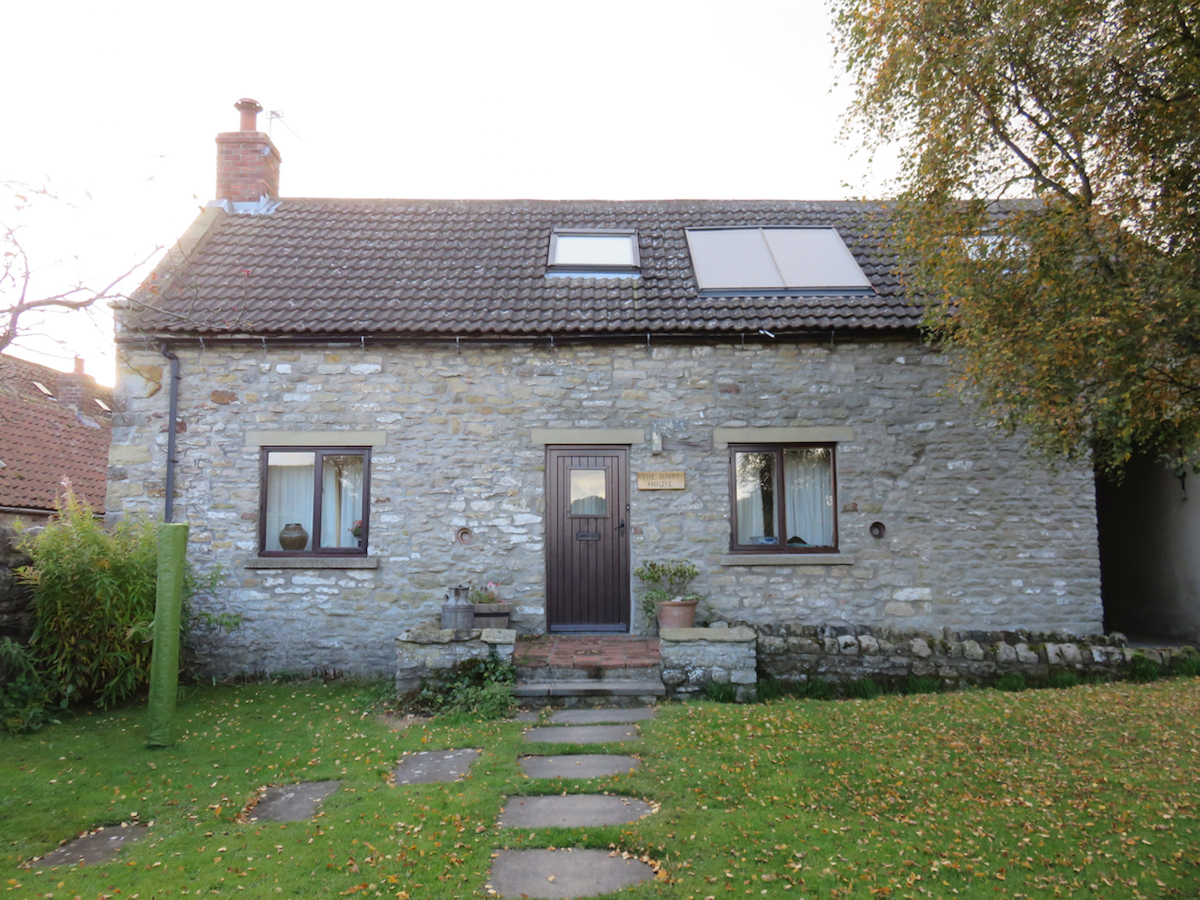Day 32
We left the house in Scotland and we were on the way to England to stay in a little town right outside of Pickering. On the way we visited Caerlaverock Castle and explored it. The castle was built, and then the builders dug a moat around it. The moat is still there filled with green water. When you walk in there are many rooms to go into, and there is a spiral staircase that takes you up to the second floor. The stair is covered with pigeon dirt, because in a castle without a roof, they live there. We found that to be true in a lot of abbey’s and castles that we went to.
A little history about Caerlaverrock Castle: Caerlaverock Castle is a moated triangular castle first built in the 13th century. Caerlaverock was a stronghold of the Maxwell family from the 13th century until the 17th century when the castle was abandoned. It was besieged by the English during the Wars of Scottish Independence, and underwent several partial demolitions and reconstructions over the 14th and 15th centuries. In the 17th century, the Maxwells were created Earls of Nithsdale, and built a new lodging within the walls, described as among "the most ambitious early classical domestic architecture in Scotland”. In 1640 the castle was besieged for the last time and was subsequently abandoned. Although demolished and rebuilt several times, the castle retains the distinctive triangular plan first laid out in the 13th century. Caerlaverock Castle was built to control trade in early times.
The entire back wall of the castle has fallen off and is gone. The front of the castle is still in very good shape from my point of view, maybe a builder would say differently. The castle is set down in a little valley, and the hill around it is all dug up with mole hills. The workers there said that they have a fierce problem with moles. An ancient trebuchet, used in the final destruction of the castle, still sits on the lawn where it was abandoned so many years ago.
When we had seen the castle, we got our lunch from the car and had lunch out on the picnic tables in the front lawn. Lunch was peaceful and afterwards we went to the museum that they had there and read about the castle and we also colored pictures of the castle and the coat of arms.
Next stop was Hadrian’s Wall. When we arrived, there were only a couple people there, walking around. It was cold and windy when we got out of the car. When checking in, the man at the deck asked us if we had a English Heritage pass. We said no and considering the possible benefits, bought one.The pass let us get into any of the English Heritage sites around England. When we had finally got signed up, we started out to see the wall.
Hadrian’s Wall was just a rock wall that was very well built. Actually, the wall was built by the Roman emperor Hadrian to keep the invading Scots out of England. It transverses the island at about the narrowest point between the two countries. Behind the museum building there are remnants of buildings, they were about 10 inches high, remnants of the Roman fort that once stood there, the best preserved remains of the forts that once punctuated the wall every mile of it’s length. When we were thoroughly cold and ready to go, we headed back to the car and on the way we walked on history, Hadrian’s Wall.
After driving for about 2 hours, we stopped for dinner, and had fish’n chips! They were not nearly as good as the Old Stables fish’n chips, we were yet to discover a week later.
Our home in Newton-on-Rawcliffe right outside of Pickering was called The Dairy House. As you can guess from the name it was once an old barn, although in the inside, one would never have know that as it was fixed up very nicely as a dwelling. Jack, Bria and Landon shared the loft bedroom and I got a room all to myself on the ground floor!

